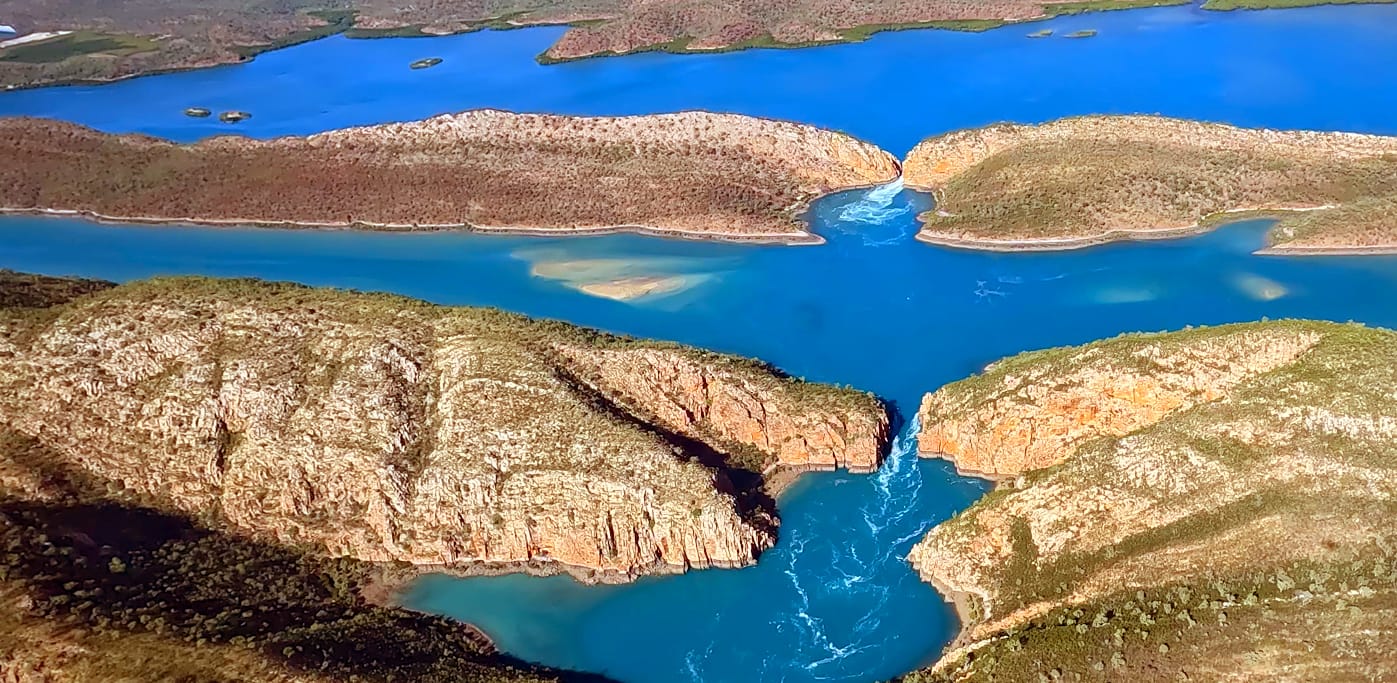Seniors who are looking at hitching up the caravan and heading off for the holiday season are being urged to develop a “keep connected” plan in case they are caught up in a major fire or summer storm.
Telstra Regional General Manager Boyd Brown said telecommunications could be crucial before, during and after a natural disaster.
“Whether it’s the ability to call for help, let loved ones know you’re ok or get your business back up and running, we know how important connectivity is when disaster hits,” Boyd said.
“Even if you don’t live in an area that’s at risk, you might be holidaying or driving through a disaster-prone area, so please remain vigilant and plan ahead so that you are prepared as you can be should disaster strike.”
Mr Brown said Telstra uses a range of technologies to support emergency services and impacted communities during times of natural disasters.
“Our preparation for the summer storm and bushfire season begins months in advance when we test network redundancy and develop plans to protect our critical infrastructure in at-risk areas,” he said.
“If disasters trikes, we will be there to work with emergency and essential service organisations to restore any impacted services as quickly as possible.
“This includes having a range of portable base stations on standby, ready to deploy to provide temporary telecommunications if needed after an emergency situation. It also includes using drones to provide rapid assessments of any damage to our infrastructure in areas where emergency bodies have deemed it too dangerous for our staff to enter.”
Here are Telstra’s tips on what you can do now to make it easier to stay connected during a disaster. Try not to rely on any one of these things – make sure you have several options covered to stay connected.
Mobile phones
- Alternative phone charger – If you haven’t already, purchase a phone charger that isn’t dependent on a power outlet. Solar power chargers, in-car chargers and power bank chargers are all reliable options. Make sure you charge your power bank.
- Backup data – Back up important data, like contact information and photos, to your cloud.
- Know your numbers – Compile a list of essential contact numbers to store in your phone and keep them close at hand, including local Police, Fire, SES, family, friends and Telstra’s fixed line
fault line – 13 22 03. - Satellite phones – are usually immune to damaged infrastructure and can operate in remote locations. If communications are critical you could consider a satellite phone.
Fixed line phones
- For NBN customers – It’s important to remember if your home phone now works through the modem and there’s a power outage, your phone line will also be down. Best to have a mobile phone handy, or a satellite phone for those in remote areas.
- Keep a spare plug-in phone handy – Your cordless phone is great, but remember, most modern cordless phones rely on electric power to operate, so you may lose the use of your landline during a power outage. Using a plug-in phone connects you to the telephone exchange.
Social Media
- Virtual meeting place – Set up an instant messaging group with family and friends. Agree in advance to update each other here during an emergency.
- Emergency apps – Download emergency service apps. They will give up to date warnings and incident information issued by official agencies across Australia.
- Local information sources – Identify key local agency social media accounts and websites for real time information on what’s happening in your area.
- Be alert – Subscribe to text and emails that will alert you to weather changes, road closures and local emergency services updates.
- Know your emergency broadcaster: Have a battery powered radio with spare batteries to listen to the broadcasts.




































